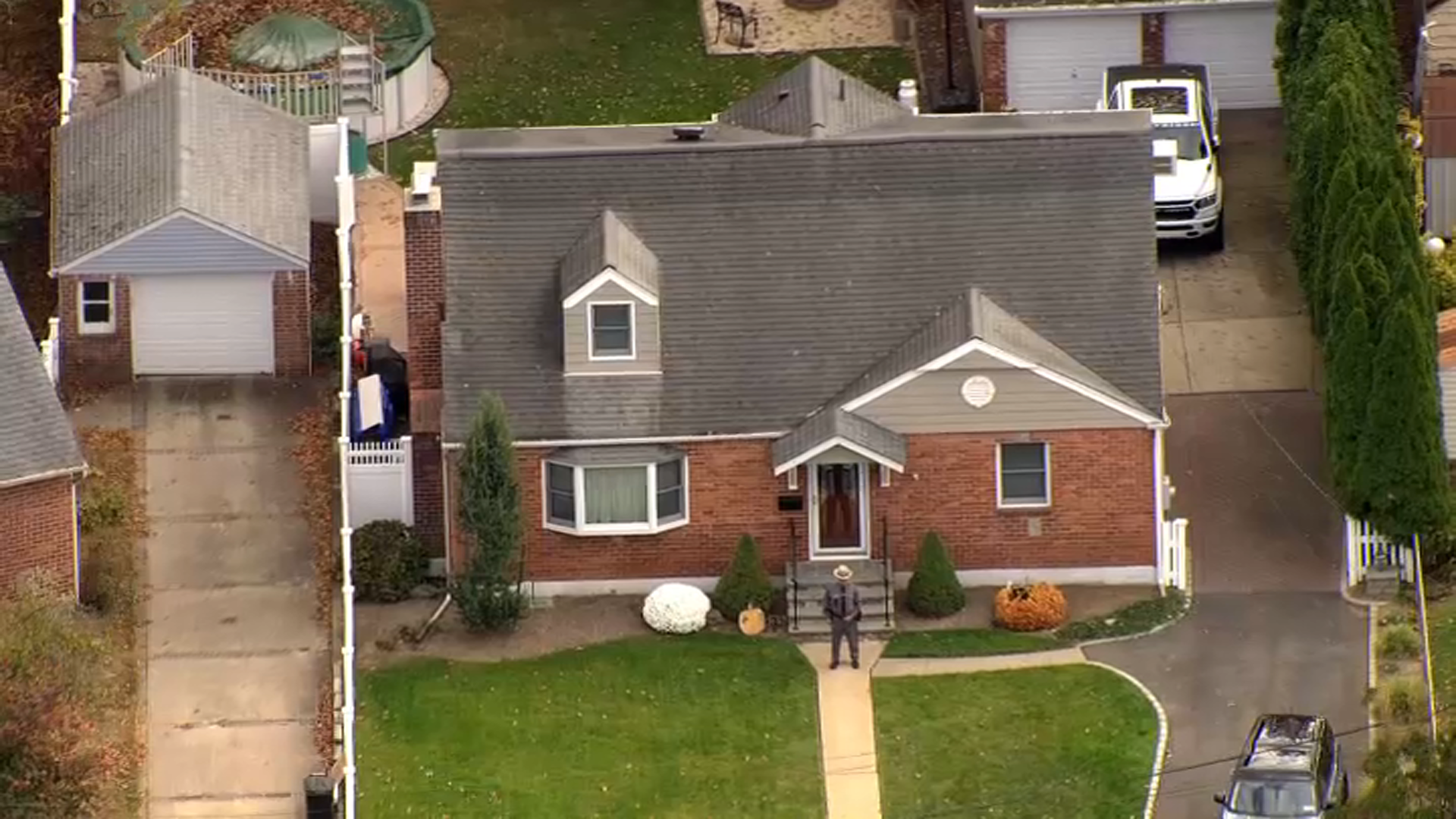This article was originally published on Jul 6 7:19pm EDT by THE CITY
Do you know your evacuation zone? Have you packed a go bag? What’s your risk of flooding from rainwater?
You can now check that last one off your storm prep list.
As New York heads into a hurricane season that experts predict will be particularly intense, the Adams administration on Wednesday quietly released a map you can use to check your home’s risk of flooding from rain.
The map shows the risk of stormwater flooding during a “moderate event,” or a storm with two inches of rain in an hour. For reference, 3.15 inches of rain fell in Central Park in an hour during Hurricane Ida last year.
The map — which the city plans to update in August to factor in extreme events and future sea-level rise — is an updated version of one that the de Blasio administration originally created in 2021, which did not indicate current risk. It’s part of a new campaign from the Department of Environmental Protection called Rainfall Ready, which spells out what both city government and residents must do to prepare for storms that only stand to become more intense and dangerous as a result of climate change.
Get Tri-state area news delivered to your inbox. Sign up for NBC New York's News Headlines newsletter.
This approach, emphasizing personal responsibility, marks a slight shift from the de Blasio-era New Normal plan, which laid out a series of commitments from city agencies to protect and prepare New Yorkers for the next storms.
News
Karen Imas, vice president of programs for the Waterfront Alliance, called the maps a “powerful resource for individual property owners, building owners and tenants,” that can help them understand their risks — immediately and in the long run — and encourage them to make a game plan ahead of time.
“The maps are one step in what’s really a long-term, multi-pronged process to create stronger climate resilience in the city,” Imas said. “As the city looks to fund physical improvements, looking at the geographic implications and looking at the vulnerabilities where upgrades haven’t been made will certainly figure into the city strategy and should.”
A spokesperson for DEP declined to comment on the new stormwater maps.
As New York saw most recently with Ida, flooding from heavy rain can be both destructive and deadly. Between downpours of rainwater and storm surges from the ocean — like with Superstorm Sandy in 2012 — the potential for flooding both near the coasts and further inland is high in the city.
Absent comprehensive city planning, there’s only so much any lone individual can do once the water is rising. But there are concrete steps New Yorkers can take to be better prepared before extreme weather arrives in our coastal city.
Here are some of the storm prep basics from the city — and New Yorkers who learned the hard way when Sandy hit ten years ago.
Evacuations: Know Your Zone
If a storm is coming, know whether you need to leave or stay put.
Find out if you’re in an evacuation zone with the Office of Emergency Management’s “Know Your Zone” address lookup tool here. There are six evacuation zones in the city, with zone 1 being the most likely to flood.
Bear in mind: the evacuation zones are drawn differently than flood risk maps designed for insurance purposes, which you can find with this look-up tool from FloodHelpNY from the Center for NYC Neighborhoods.
And evacuation orders, if the city issues them, are “based on the characteristics of an actual storm as it is approaching the city,” OEM says, not generic flood risk maps. Just because your home may normally have a minimal flood risk — according to insurance-based maps — doesn’t mean you won’t have to evacuate.
In Hamilton Beach, a coastal community in southern Queens, Roger Gendron says he won’t ever think twice about evacuating after living through Superstorm Sandy in 2012.
He, his wife and their two kids stayed during the storm and the water filled their entire first floor that night, reaching up to “two inches below the subfloor” of his second story, he said. They were ultimately safe, but he wishes they had left.
“If any type of storm is coming in and they’re predicting a pretty severe tidal surge, get out,” he said. “Even if it’s a voluntary evacuation notice, I think people should use that and say, ‘You know what, it’s time to go pack up.’ Let’s get the cats and the dogs and the birds … and let’s go to grandma’s five miles inland.”
And if you need to use a city-run evacuation center, it’s worth noting: You can bring your pets there, too, according to the OEM.
Pamela Pettyjohn, whose home in Coney Island was flooded during Sandy, strongly suggests signing up for Notify NYC, the city’s official emergency alert system.
“They call you in plenty of time,” she said. “Whether it’s a hurricane or a tornado or whatever, and they give you instructions as to what to do. It’s very, very helpful.”
She has Notify NYC alerts connected to both her landline and cell, which both ring “even if it’s just a squall that pops up,” she said.
Prep Your Space, and Make a Plan
Before a storm or hurricane, the emergency management department has a long list of ways to prepare, including:
Gendron also reminds New Yorkers to notify someone in your neighborhood if you do plan to evacuate — that way, if searches are made for missing people, you won’t be mistakenly put in that category.
That’s what happened with a neighbor of his during Sandy who evacuated Hamilton Beach at the last minute. Two days after the storm, neighbors realized she hadn’t been seen for some time.
“We’re going, ‘Oh, man, is she in her house?’ We were probably minutes away from breaking down her front door,” he said. Luckily, word arrived that she had ridden out the storm at a sibling’s house.
Get Supplies
Whether you leave or shelter in place, you’ll need to prepare with some basic emergency supplies. OEM has a checklist for supplies you’ll need ahead of a storm, including instructions for “go bags” — easy-to-grab kits if you need to leave in a hurry — pets and weather-specific garb.
Pettyjohn used to keep her go bag by the front door — until the first flood waters from Sandy drenched it.
“Let’s just say, during the storm, my go bag was the first thing that went,” she said with a laugh. Now, she keeps it on the stairs between her first and second floors.
Key items for her include any medications she needs and a thumb drive with vital medical records on it.
“During Sandy, you learned what worked and what didn’t … There were no doctors’ offices, no pharmacy. In order to get anything, you had to know exactly what the dosage was and everything,” she said. “You don’t remember all those names of all the medications, especially if you’re in shock or you’re going through a stressful situation.”
Highlights from OEM’s go-bag list include:
Gendron suggested getting two key things ahead of a storm: a hard copy of your insurance company’s contact information and your account numbers, if you have them — and a solar-powered cell phone charger.
“In the old days, it was a transistor radio” that you had to have, he said. “But now, it’s the smartphone.”
THE CITY is an independent, nonprofit news outlet dedicated to hard-hitting reporting that serves the people of New York.



